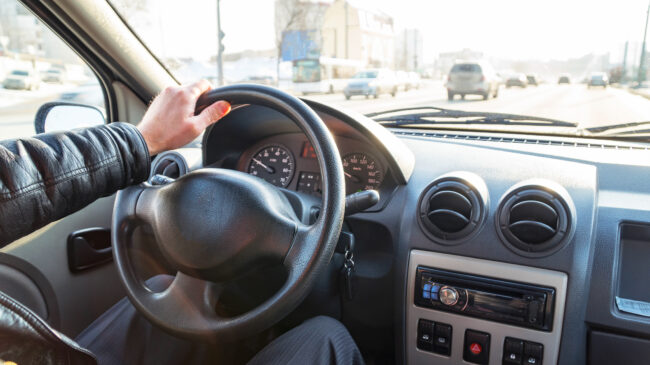In a recent piece here for Reason Foundation, I discussed why mass transit is unlikely to meaningfully advance the social equity goals touted by members of Congress and the Biden administration. A major part of that skepticism comes from a review of the evidence on automobile access and employment outcomes. Research in recent decades has consistently found that labor market and quality of life outcomes among lower-income and racial and ethnic minorities can be dramatically improved through access to cars.
The challenge going forward is how to increase auto access to the remaining households that presently lack access to vehicles. The Census Bureau estimated that 4.3% of workers aged 16 and older resided in households with zero vehicles available in 2019.
During the 1960s wave of urban area dispersal, economist John Kain developed what came to be known as the spatial mismatch hypothesis. Kain and others suspected that advances in transportation technology and resulting changes in firm and household location choice affected labor markets in a way that particularly disadvantaged African Americans. Employment growth that increasingly clustered in auto-oriented suburbs was leaving behind black metropolitan area workers who continued to disproportionately reside in carless households located in central cities.
The magnitudes of both spatial mismatch generally and automobile access specifically on employment outcomes are still being debated, but the broad consensus is that spatial mismatch is real and that the disparity in access to automobiles explains some of the disparities in labor market outcomes.
A 2001 study by Steven Raphael and Michael Stoll found that the differences in the number of cars per adult household member account for 43% of the black-white employment disparity and 19% of the Latino-White employment disparity.
A 2006 study by Rucker C. Johnson found that the successful job search completion gap between white and black workers would be reduced by 8% if black workers had the same car ownership rates as their white counterparts.
A 2009 study by Charles L. Baum found that among single mothers, car ownership often doubles the probability of employment and results in large increases in the number of hours worked per week. J.S. Onesimo Sandoval, Robert Cervero, and John Landis also found in a 2011 study that car ownership was a significant predictor of employment (positive) and welfare use (negative).
And Evelyn Blumenberg and Gregory Pierce’s 2017 study found that auto access significantly reduced poverty exposure among participants of a Department of Housing and Urban Development housing assistance program.
The good news, as Alan Pisarski pointed out in a recent Reason Foundation publication, is that auto ownership rates have been converging between racial groups in recent decades. In 1970, the percent of all households with zero cars available stood at 17.5%, but 43.1% of African-American households lacked access to a car at that time—a gap of 25.6%. By 2018, that had fallen to 8.5% and 18.1%, respectively—a gap of 9.6%.
Hispanic households have also seen strong gains, with 21.8% lacking vehicles in 1980 (and a gap of 8.9%) to just 10.6% without vehicle availability in 2018 (with a gap of 2.1%). If household access to automobiles continues to rise and this gap continues to narrow, the expectation is that spatial mismatch’s importance in labor market outcomes will similarly decline.
Going forward, however, the importance of automobile ownership to labor market outcomes may be of less importance than in the past. Automobile access is expected to remain important, but the difference in the future is about decoupling access from ownership. Mobility-as-a-Service (MaaS) has been a popular buzzword in the transportation research community for the past decade, and one example could be affordable, door-to-door, taxi-style transportation that could be enabled by vehicle automation.
To be sure, automated driving systems remain in the research and development phase, and wide-scale deployment may take decades. In the interim, policymakers seeking to enhance equity in socioeconomic outcomes through transportation policy should examine and build on the success of various “wheels to work” programs across the country.
Mode-neutral transportation vouchers that can be used on a variety of transportation options by eligible recipients should be prioritized over subsidies to mass transit systems, which too often subsidize high-income riders at the expense of low-income riders. Mass transit agencies have proven to be exorbitantly expensive (the U.S. spends about the same amount on just bus transit as it does on the entire Interstate Highway System each year) and unsuccessful in achieving more equitable outcomes. Policymakers should recognize, especially in the short-run, that only auto-based transportation is likely to move the needle on equity.

